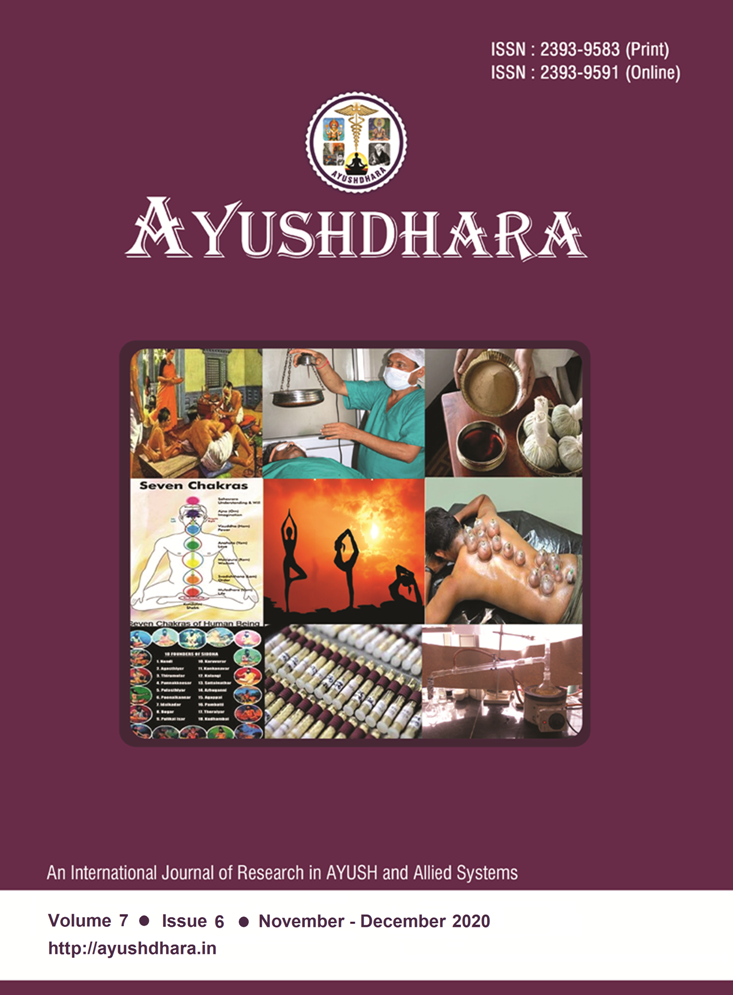NEURO-ANATOMICAL EXPLANATION OF THE MODE OF ACTION OF AGNI KARMA IN PAIN MANAGEMENT OF MUSCULOSKELETAL DISORDERS
Keywords:
Agni Karma, para-surgical procedure, Samyaka Dagdha Vrana,Abstract
AgniKarma is a para-surgical procedure, Agni and Karma which means the Karma accomplished by the application of Agni (heat). According to Acharya Sushruta "The procedure in which the Samyaka Dagdha Vrana is produced by Agni is called the Agni Karma.
It is frequently indicated in many musculoskeletal disorders like pain. Pain is a vital function of the nervous system in providing the body with a warning of potential or actual injury. Nociceptors are the free nerve endings of primary afferent A δ and C fibres. A δ and C fibres synapse with secondary afferent neurones in the dorsal horn of the spinal cord. Glycine and gamma-aminobutyric acid (GABA) are important neurotransmitters acting at inhibitory interneurons. The spinothalamic tract and the spinoreticular tract are the two main pathways that carry nociceptive signals to higher centres in the brain. On the basis of Ayurvedic Classics pain is caused by vitiated Vata Dosha and Agni Karma counter acts on it due to its Ushna Guna, as it is exactly opposite to Sheetaguna of Vata. This is supported by quotation of Yajurveda "Agni Himasya Bhaishja".



